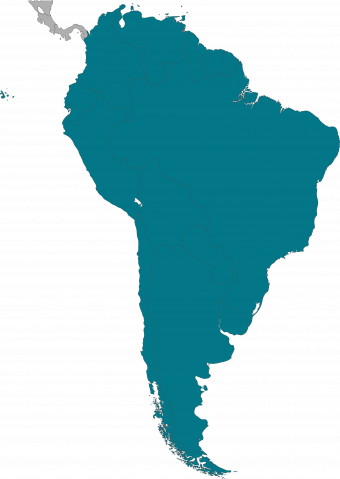South America
Recent Activity
Recent Activity
El gran desplazamiento forzado de personas en Venezuela y Nicaragua está transformando el panorama migratorio en gran parte de América Latina y el Caribe. Este informe examina las respuestas de las políticas de inmigración e integración de once países, incluyendo vías de regularización y medidas para integrar a los recién llegados en las escuelas y mercados laborales. Este informe acompaña el lanzamiento de un Portal Sobre Migración que ofrece investigación y análisis actualizados sobre tendencias y políticas de inmigración en la región.
Aunque colombianos encontraron un refugio cálido en Ecuador después de ser desplazados de su país por una guerra civil que duro décadas, la vida se ha vuelto más difícil para ellos en los últimos años, en parte como resultado del flujo de venezolanos que buscan seguridad. Este artículo se basa en encuestas de migrantes en Quito, comparando y contrastando las experiencias de colombianos y venezolanos, y evaluando sus percepciones de discriminación, victimización y esperanzas para el futuro.
















